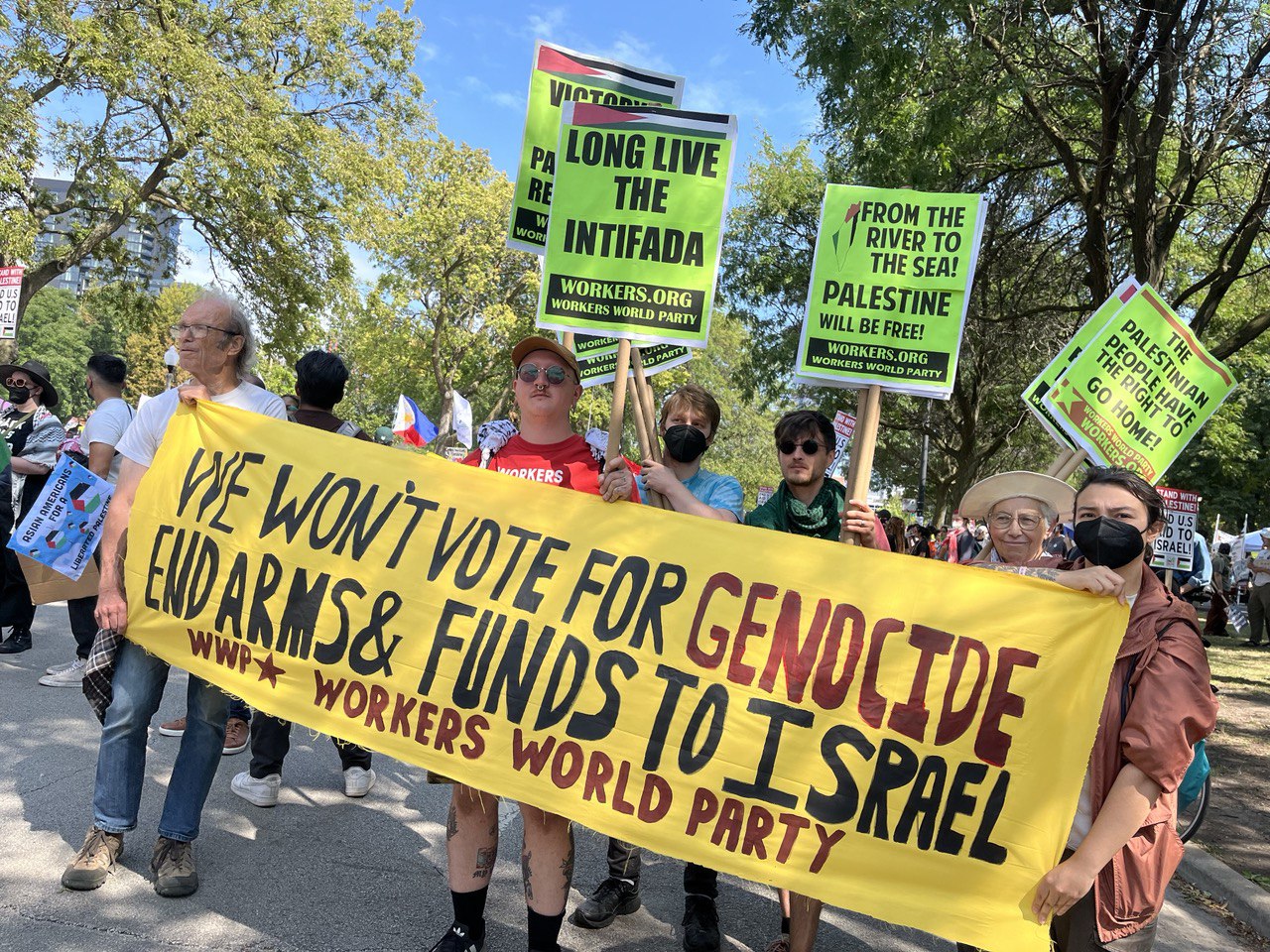The elections will come and go, but no matter who wins, the danger of [neo]fascism and [neo]fascist activity remains, because its potential is tied to the crisis of the capitalist system. Whatever happens in November, the need to address what is necessary for the development of a new working-class movement will remain.
If Trump loses the election, it is likely that he will refuse to concede, claim that the election was stolen and call on his supporters to rise up. We can only speculate on what that might mean. What we do know is that within the MAGA movement there are forces prepared to mobilize, to use violence and to target the most oppressed sections of the working class. It may even target political opponents.
There exists in the United States an armed neofascist infrastructure with the covert and overt involvement of considerable segments of the police. While this is not on the level of the KKK in its heyday or the brownshirts (storm troopers) in Germany in the 1930s or the blackshirts in Italy in the 1920s, it should not be dismissed.
If a struggle breaks out after the elections that threatens the workers and oppressed, the working-class movement must be prepared to respond. This would have to include the readiness to organize workers’ anti-fascist defense committees. There are already calls for a united front against fascism. Depending on events, it’s possible that such a united front could be a stepping stone towards a mass workers’ formation.
All who are serious about breaking the political dictatorship of the capitalists must revisit and seriously reassess the relevance of the class question to the situation we face today. There is no way of getting around this. Moreover, this reassessment for those who are ready must be theoretical.
The Marxist thesis on the centrality of the class struggle and the role of the working class in the revolutionary process has been under attack since the publication of the Communist Manifesto. In the wake of setbacks to the working- class movement, especially in the epoch of neoliberalism, more than a few have abandoned Marxism or dulled its sharpness and abandoned its revolutionary objectives in order to make it more compatible with the view that capitalism is going to last for a long time, maybe even forever.
This belief has only served to suppress the centrality of the class struggle and the development of the working-class movement. It has created the false, paralyzing and prevailing conclusion that organizing the working class is the exclusive domain of the traditional union movement, with all of its limitations.
The union movement and its current leaders have tied themselves to the Democratic Party and the policy of business unionism over mass organization and militancy. They have, by and large, succumbed to the fragmentation of the working class and the backwardness of some sections of the working class. This leadership has embraced the orders given to it by bosses that their unions are supposed to be fighting, orders that they must support U.S. imperialism and keep radical and revolutionary politics out of the labor movement.
Particularly since the 1980s, they have resigned themselves to representing a shrinking base of unionized workers instead of organizing and militantly fighting for the entire multinational working class.
Radicals and militants were purged en masse from the labor movement during the height of the anti-communist witch hunt in the 1950s and in many ways the once decisive influence of radicals during the historic working-class struggles of the 1930s has never recovered. But nothing in existence remains constant, and the labor movement is changing from the bottom up.


